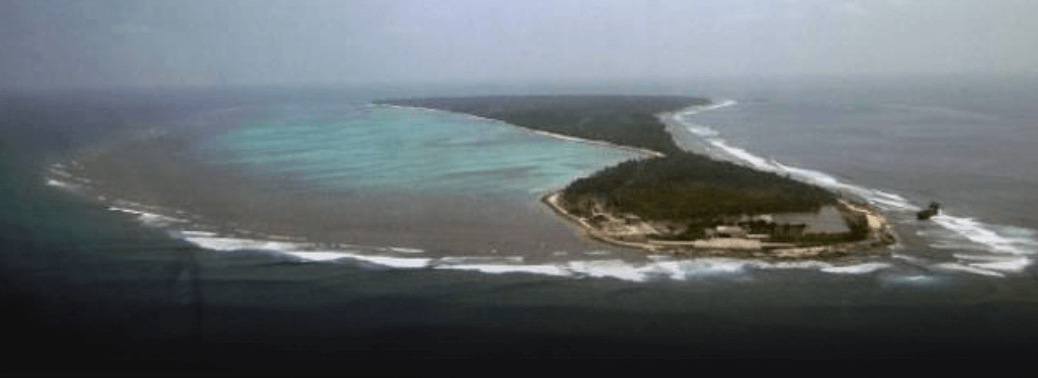SCIENTISTS CARRY OUT GENETIC STUDY ON PEOPLE OF LAKSWADEEP ISLANDS
07, May 2019

Prelims level : Environment
Mains level : Technology, Economic Development, Bio diversity, Environment, Security and Disaster Management
Why in News:
- Ancestry largely derived from South Asia with minor influences from elsewhere
Details:
- Lakshadweep is an archipelago of 36 islands, scattered over approximately 78,000 square km
- of the Arabian Sea, 200-440 kms off the south-western coast of India, with population of approximately 65,000.
- However, the first human settlement of this archipelago is not clear
- The islands were known to sailors since ancient times and historical documents say that the spread of Buddhism to these islands happened during 6th century B.C., Islam in 661 A.D. by Arabians. Cholas ruled the islands in 11th century, Portuguese in 16th century, Ali Rajahs in 17th, Tipu Sultan in 18th before the British Raj of 19th century.
- Genetic studies have shown that a majority of human ancestry in Lakshadweep is largely derived from South Asia with minor influences from East and West Eurasia.
- And, there was no evidence of early human migration through the Lakshadweep islands. All are tiny islands of coral origin {Atoll} and are surrounded by fringing reefs.
- The largest and the most advanced is the Minicoy island with an area of 4.53 sq km.
- Most of the islands have low elevation and do not rise more than five metre above sea level (Extremely Vulnerable to sea level change)
Early Migration:
- The islands are located between Africa and southwestern part of India.
- Through earlier studies, early human migration from Africa to Andaman and Australia happened through western coast of India. Lakshadweep Islands might have played a major role in early human migration and expected the presence of genetic signatures of ancient people, such as Andamanese and Australian aboriginals.
- the island population had limited genetic mixing
- The authors have studied the major islands of Agatti, Andorth, Bitra, Chetlat, Kadmat, Kalpeni, Kiltan and Minicoy of Lakshadweep and demonstrated a close genetic link of Lakshadweep islanders with people from Maldives, Sri Lanka and India.






